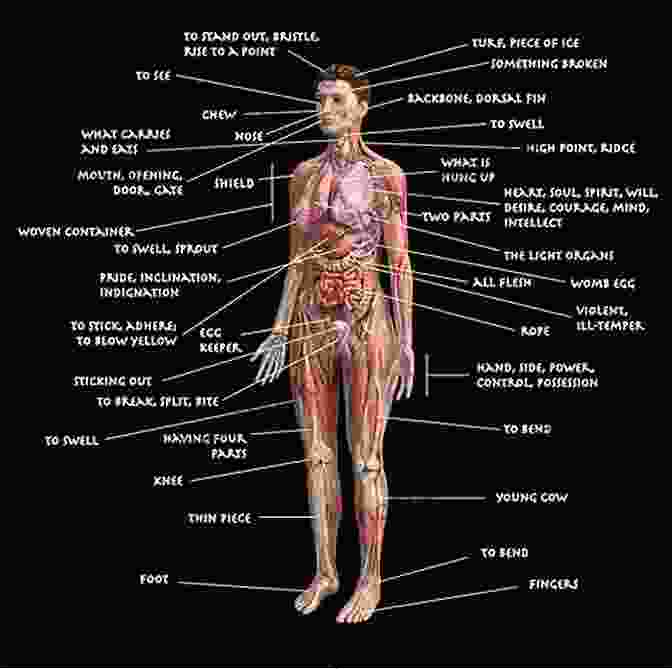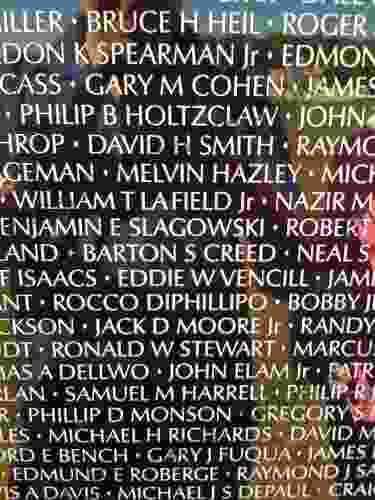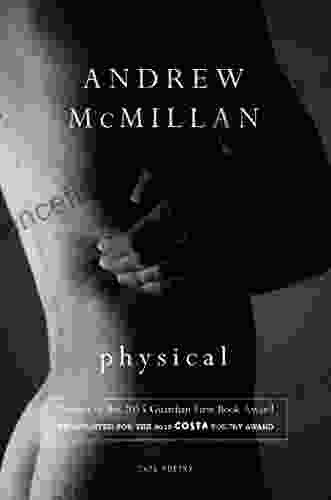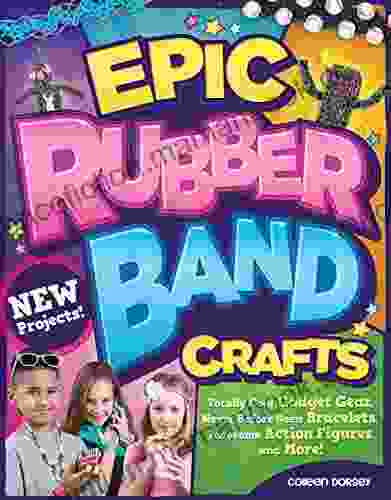Unveiling the Intricacies of Anatomy Terminology: A Path to Mastery Through Anton Chekhov's Works

The realm of medical terminology can often seem like an impenetrable fortress, particularly for those grappling with the complexities of human anatomy. However, amidst the vast array of technical jargon, the writings of literary giant Anton Chekhov offer a surprising beacon of clarity and illumination for medical students and practitioners alike. Chekhov's keen eye for detail and his exceptional ability to delve into the depths of the human psyche provide an invaluable lens through which to comprehend the intricacies of the human body.

5 out of 5
| Language | : | English |
| File size | : | 20509 KB |
| Screen Reader | : | Supported |
| Print length | : | 5 pages |
The Role of Context in Anatomy Terminology
One of the most fundamental challenges in mastering anatomy terminology lies in its inherent disconnect from the living, breathing human body. Medical textbooks and dictionaries present an abundance of technical terms, but without a tangible connection to their practical application, memorization becomes an arduous and often futile task. Chekhov's works, however, offer a rich tapestry of clinical scenarios that bring anatomy terminology to life.
Consider the following passage from Chekhov's short story "Ward No. 6":
> "His eyes, sunken into their orbits, were fixed upon the ceiling; his broad brow was moist with perspiration; his whiskers twitched convulsively, and his nostrils, dilated and quivering, seemed to be inhaling the air with difficulty."
In this vivid portrayal of a patient suffering from typhoid fever, Chekhov deftly weaves together a multitude of anatomical terms that would otherwise seem abstract. The "sunken eyes" refer to the orbital cavity, the "broad brow" to the frontal bone, and the "dilated and quivering nostrils" to the alae nasi. By anchoring these terms within a compelling narrative, Chekhov transforms them from mere words on a page into tangible, living entities.
This contextualization of anatomy terminology is not limited to Chekhov's medical short stories. In his plays as well, he seamlessly incorporates anatomical references into the dialogue and actions of his characters. In "Uncle Vanya," for instance, the titular character complains of a "crushing pain in the parietal region." This seemingly innocuous line of dialogue not only reveals Vanya's physical suffering but also provides a succinct lesson in neuroanatomy, directing the reader's attention to the parietal lobe of the brain.
The Importance of Imagery and Metaphor
In addition to providing context, Chekhov's works are replete with evocative imagery and metaphors that can profoundly enhance the understanding of anatomy terminology. These literary devices transform complex concepts into vivid mental pictures, making them easier to remember and apply.
For instance, in the opening chapter of "The Steppe," Chekhov describes a character as having "a nose like a falcon." This simple comparison not only creates a memorable image but also draws a parallel between the character's facial structure and that of a predatory bird. This association can help readers visualize the morphology of the nasal bones and the curvature of the nasal septum.
Similarly, in the short story "The Kiss," Chekhov uses the metaphor of a "wound" to describe the emotional pain experienced by the protagonist:
> "The wound in his heart closed up, and life flowed on again."
This poetic device equates the psychological anguish to a physical injury, enabling readers to grasp the profound impact of emotional trauma on the human body. By employing such vivid imagery and metaphors, Chekhov transforms anatomy terminology from a dry recitation of facts into a captivating exploration of the human experience.
Practical Applications for Medical Professionals
The insights gained from Chekhov's works extend beyond the realm of theoretical knowledge. Medical professionals can leverage these insights to improve their communication with patients and enhance their diagnostic and treatment skills.
By understanding the contextual usage of anatomy terminology, doctors can communicate more clearly and effectively with patients. For instance, instead of simply stating that a patient has a "distended abdomen," a doctor might use Chekhov's description of a "swollen belly" to convey the severity of the condition in a way that the patient can easily comprehend.
Moreover, Chekhov's emphasis on the interconnectedness of the human body can inform medical diagnosis and treatment. By recognizing the subtle interplay between different parts of the body, doctors can gain a more holistic understanding of their patients' conditions and develop more targeted and effective treatment plans.
Anton Chekhov's works offer an unparalleled resource for medical students and practitioners seeking to master the intricacies of anatomy terminology. His ability to weave together technical precision with literary flair creates a unique and immersive learning experience that brings the human body to life. By immersing themselves in the world of Chekhov's stories and plays, medical professionals can not only expand their vocabulary but also develop a deeper understanding of the human condition. In the tapestry of modern medicine, Chekhov's writings serve as a vibrant thread, connecting the language of science to the complexities of the human experience.
5 out of 5
| Language | : | English |
| File size | : | 20509 KB |
| Screen Reader | : | Supported |
| Print length | : | 5 pages |
Do you want to contribute by writing guest posts on this blog?
Please contact us and send us a resume of previous articles that you have written.
 Top Book
Top Book Novel
Novel Fiction
Fiction Nonfiction
Nonfiction Literature
Literature Paperback
Paperback Hardcover
Hardcover E-book
E-book Audiobook
Audiobook Bestseller
Bestseller Classic
Classic Mystery
Mystery Thriller
Thriller Romance
Romance Fantasy
Fantasy Science Fiction
Science Fiction Biography
Biography Memoir
Memoir Autobiography
Autobiography Poetry
Poetry Drama
Drama Historical Fiction
Historical Fiction Self-help
Self-help Young Adult
Young Adult Childrens Books
Childrens Books Graphic Novel
Graphic Novel Anthology
Anthology Series
Series Encyclopedia
Encyclopedia Reference
Reference Guidebook
Guidebook Textbook
Textbook Workbook
Workbook Journal
Journal Diary
Diary Manuscript
Manuscript Folio
Folio Pulp Fiction
Pulp Fiction Short Stories
Short Stories Fairy Tales
Fairy Tales Fables
Fables Mythology
Mythology Philosophy
Philosophy Religion
Religion Spirituality
Spirituality Essays
Essays Critique
Critique Commentary
Commentary Glossary
Glossary Bibliography
Bibliography Index
Index Table of Contents
Table of Contents Preface
Preface Introduction
Introduction Foreword
Foreword Afterword
Afterword Appendices
Appendices Annotations
Annotations Footnotes
Footnotes Epilogue
Epilogue Prologue
Prologue Rebecca Eisenberg
Rebecca Eisenberg Simon Child
Simon Child Sohail Sarfraz
Sohail Sarfraz Jeremy P Shapiro
Jeremy P Shapiro Guillaume Pitron
Guillaume Pitron Roslyn Sinclair
Roslyn Sinclair Shashank Nigam
Shashank Nigam Michio Kaku
Michio Kaku Cj Lyons
Cj Lyons Victoria Hanlen
Victoria Hanlen Florence Peterson
Florence Peterson Susan Isaacs
Susan Isaacs L S O Dea
L S O Dea Angela White
Angela White Angela Kubiak
Angela Kubiak Michael Roberts
Michael Roberts Cj Anovari
Cj Anovari Donald Crane
Donald Crane Dr Anthony M Criniti Iv
Dr Anthony M Criniti Iv David M Jones
David M Jones
Light bulbAdvertise smarter! Our strategic ad space ensures maximum exposure. Reserve your spot today!

 Jack PowellUnveiling the Intricacies of Anatomy Terminology: A Path to Mastery Through...
Jack PowellUnveiling the Intricacies of Anatomy Terminology: A Path to Mastery Through...
 Isaac MitchellSuccess Secrets For The Believer: A Comprehensive Guide to Achieving Your...
Isaac MitchellSuccess Secrets For The Believer: A Comprehensive Guide to Achieving Your...
 Willie BlairRuby the Huntsman of Midnight: Unraveling the Enigmatic Hero of the Midnight...
Willie BlairRuby the Huntsman of Midnight: Unraveling the Enigmatic Hero of the Midnight... Henry HayesFollow ·4.1k
Henry HayesFollow ·4.1k Gus HayesFollow ·10.6k
Gus HayesFollow ·10.6k W.H. AudenFollow ·12.7k
W.H. AudenFollow ·12.7k Ivan CoxFollow ·16.1k
Ivan CoxFollow ·16.1k Milan KunderaFollow ·16.4k
Milan KunderaFollow ·16.4k Henry JamesFollow ·6.7k
Henry JamesFollow ·6.7k Jedidiah HayesFollow ·10.5k
Jedidiah HayesFollow ·10.5k Colt SimmonsFollow ·3.9k
Colt SimmonsFollow ·3.9k

 Ashton Reed
Ashton ReedClean(ish) Food for People Who Like to Eat Dirty
By: [Your Name] Are...

 Ronald Simmons
Ronald SimmonsThe Handbook for Educators: A Comprehensive Guide to...
The Handbook for...

 Derrick Hughes
Derrick HughesAny Place Hang My Hat: A Hauntingly Beautiful Novel by...
A Masterpiece of...

 Adrien Blair
Adrien BlairFly Me to the Moon Vol. 5: A Lunar Odyssey through...
In the vast...

 William Powell
William PowellTips By Gardeners On Variety Of Subjects
Gardening...
5 out of 5
| Language | : | English |
| File size | : | 20509 KB |
| Screen Reader | : | Supported |
| Print length | : | 5 pages |






